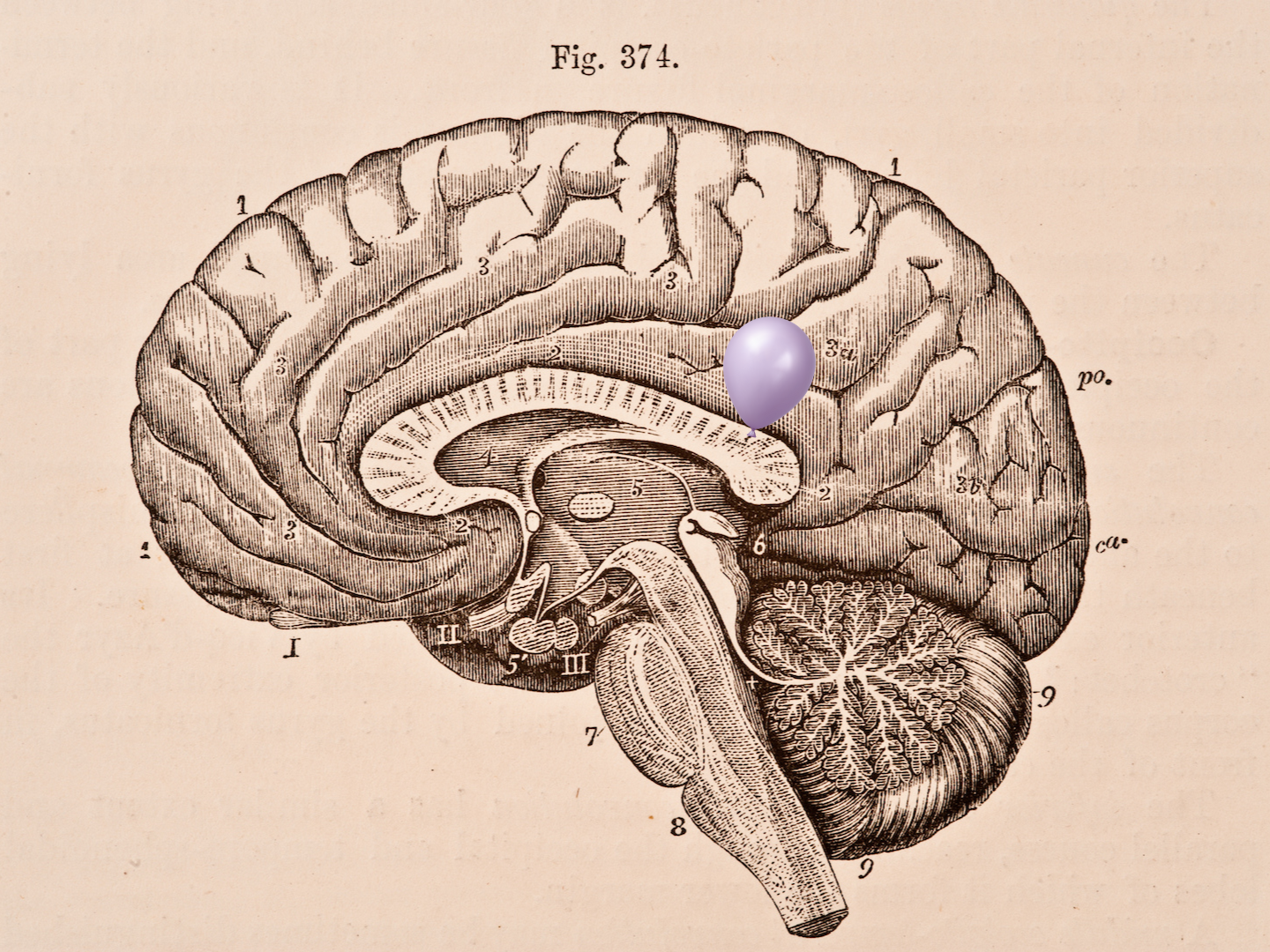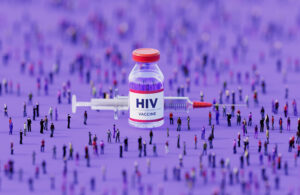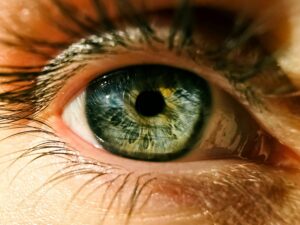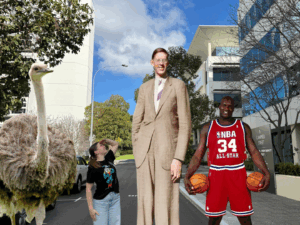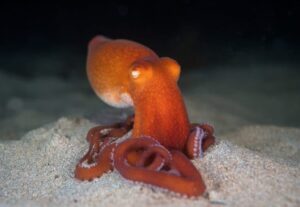There’s a party happening inside your head.
Vessels are twisting and turning to the blood-pumping rhythm. They’re keeping you alive and vibing 24/7.
Your brain’s blood vessels resemble a beautiful, delicate, carefully twisted balloon animal sculpture at the best (or worst) birthday party ever.
They’re flexible, functional and absolutely not designed to take extra pressure forever.
Aneurysms? They Balloon
A brain aneurysm is a weak spot in a blood vessel, usually where arteries fork.
A sneaky little bubble forming in the side of your balloon-animal blood vessel. They’re most often found at the base of the brain, and they usually don’t cause any symptoms.
Instead they wait, silently judging your life choices. You likely won’t even know they’re there …
Surprise Party!
No grand build-up. No New Year’s-style countdown. One minute you’re vibing to the latest Taylor Swift album. The next? The weak spot ruptures. The balloon pops. Blood spills into the brain like confetti you absolutely didn’t ask for.
This is not the fun part of the party.
Sudden severe headache. Nausea. Blurred vision. Loss of consciousness or stroke. If you’re lucky, you get a warning. If not, the party’s over.
Even when they’re not fatal, aneurysms can cause lasting damage. And the most unsettling part? They’re usually completely unexpected.
Gate Crashers
Aneurysms are usually discovered accidentally. But most remain hidden. Science doesn’t know exactly why they form, but we do have an expected guest list of risk factors:
- Pressure build-up (high blood pressure, stress on the vessel walls).
- Lifestyle factors (smoking, genetics, bad balloon-luck).
- Age and time (because no party lasts forever).
But sometimes perfectly good balloons pop for no reason. That’s why brain aneurysms are so difficult to predict or prevent.
Can We Stop The Pop?
So why don’t we just inspect all of the balloons?
Excellent question. Terrible logistics.
Scanning every brain would be expensive, impractical and invasive.
And most aneurysms never pop. Add to that, getting ethics approval to study people’s brains is tougher than making a balloon unicorn.
So despite the dangers, brain aneurysms are still underfunded and under-researched.
Treatment options are available, including surgical clipping or endovascular coiling, but these only work after an aneurysm is detected, and not all aneurysms require treatment.
Sometimes the risks involved with intervention are higher than the risk of rupture. Not all balloons are built the same. And cutting into a brain is never without risk.
The human body throws one hell of a party. But even the most beautiful balloon sculptures have their limits.



